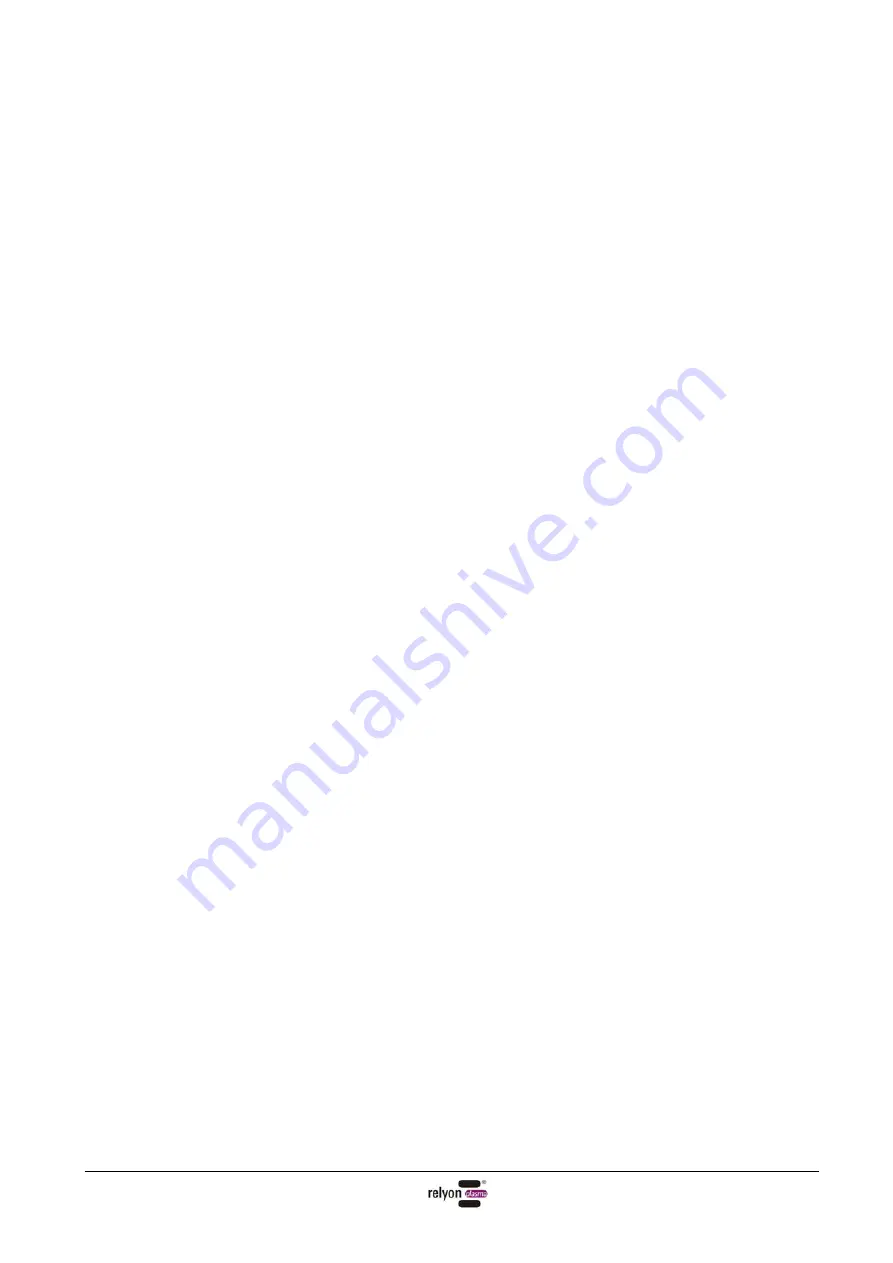
BA-PB3_IP_EN / F0354800
17
6
Special notes on using the plasma process
6.1
General description
Treating surfaces with atmospheric plasma has several advantages, such as increasing
the surface energy to produce better surface wetting.
Optimum surface wetting is the first and often most decisive step to achieving a good
imprint, a uniform coating, a consistent coat of lacquer or an integrally bonded adhesive
application. The bond at this boundary layer often determines the longevity and adhesive
strength of this material pairing.
Atmospheric-pressure plasma increases throughput in many industrial processes, while
at the same time saving the costs of solvents or chemical primers. We have successfully
integrated our plasma products into the following application fields:
•
Fine cleaning of metal, glass and plastics
•
Surface activation and surface functionalisation for optimised wettability
•
Coating for new surface properties
•
Plasma-assisted laminating processes
•
Plasma-assisted adhesive bonded joints
•
Plugging and sealing
•
Plasma-induced reduction of metal surfaces
•
Chemical-free bleaching of textiles
•
Plasma sterilisation of fabric
•
Treatment of food products to improve quality and shelf life
•
Sterilisation of thermally unstable plastics
•
Multi-component injection moulding
Practically all technical material classes can be efficiently processed under atmospheric
pressure:
•
Metals, metal alloys
•
Plastics and composite materials
•
Glass, ceramics, inorganic composites, natural stone
•
Real leather, imitation leather
•
Natural fibres, wood, paper
Since the plasma treatment is always just a single part of the entire process, it is
important that the additional influencing variables are known in order to achieve an
optimum result.
Typical influencing variables could be:
•
Plasma process: distance to the substrate, speed, nozzle geometry
•
Substrate/workpiece: material composition, contamination, electrical
conductivity, thermal conductivity, moisture content
•
Workpiece treatment: contamination before or after the plasma process, the
time elapsed between the plasma process and the follow-up process
Treatment examples can be requested directly from
relyon plasma
GmbH.
Additional information on applications, as well as publications, can be found on the
website at www.relyon-plasma.com.













































